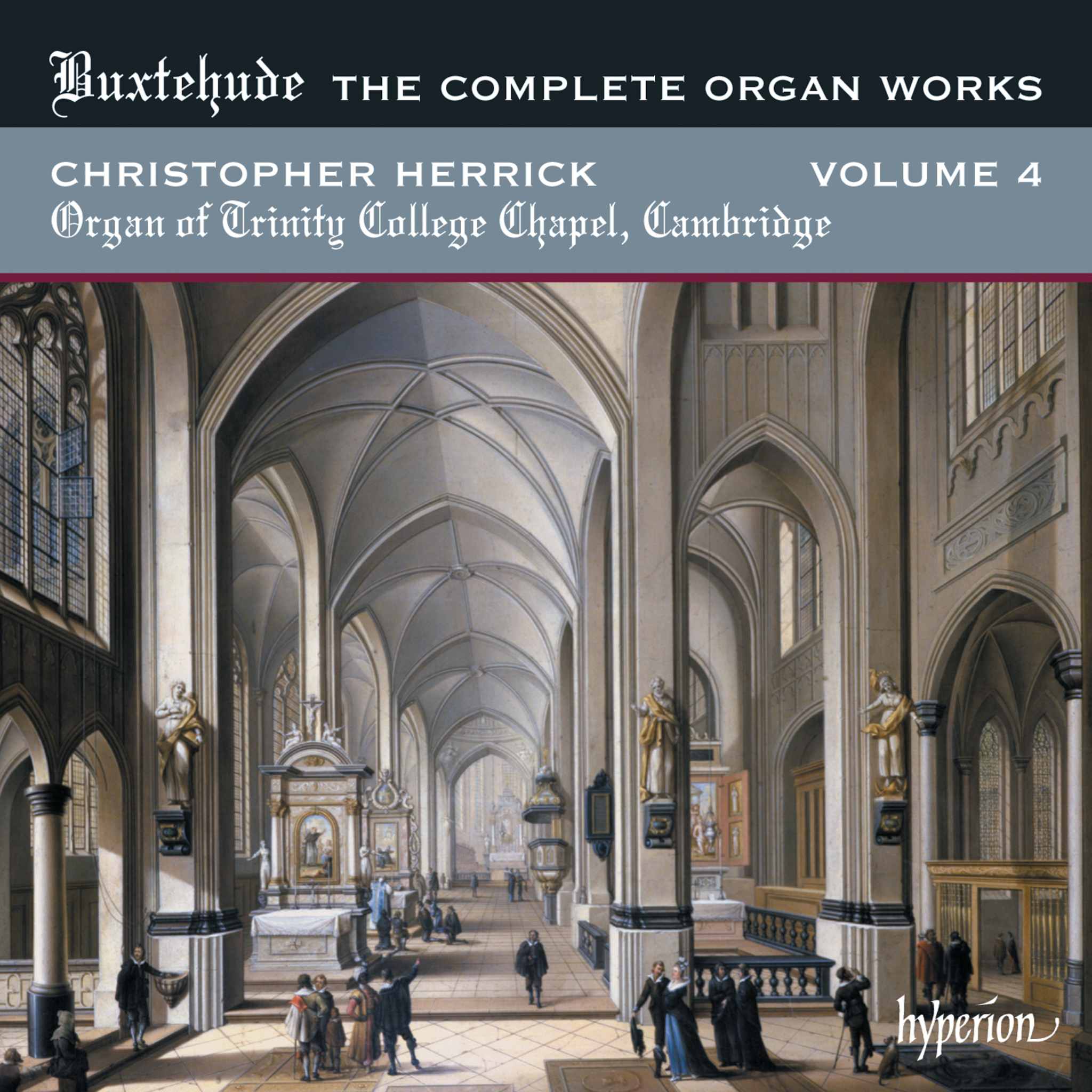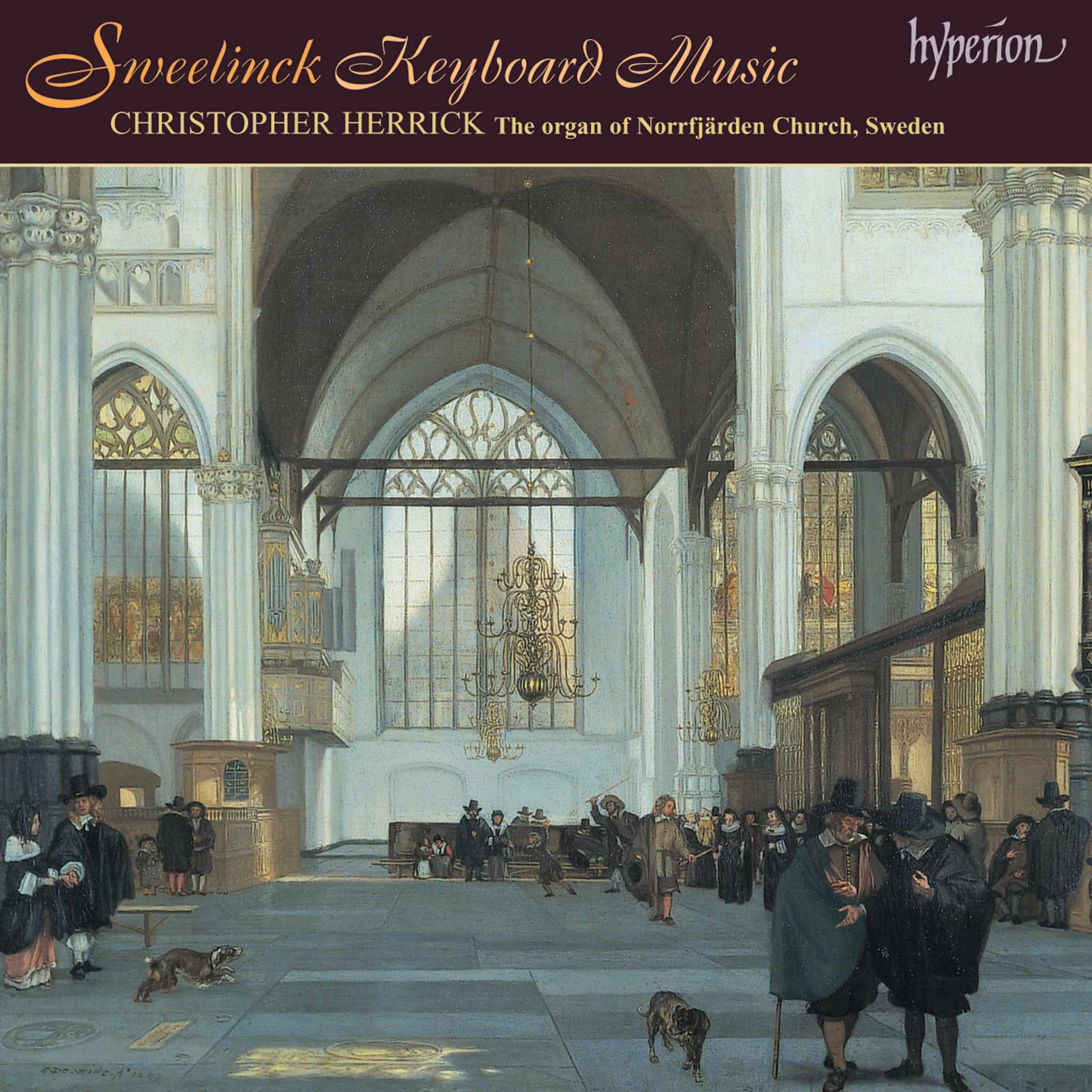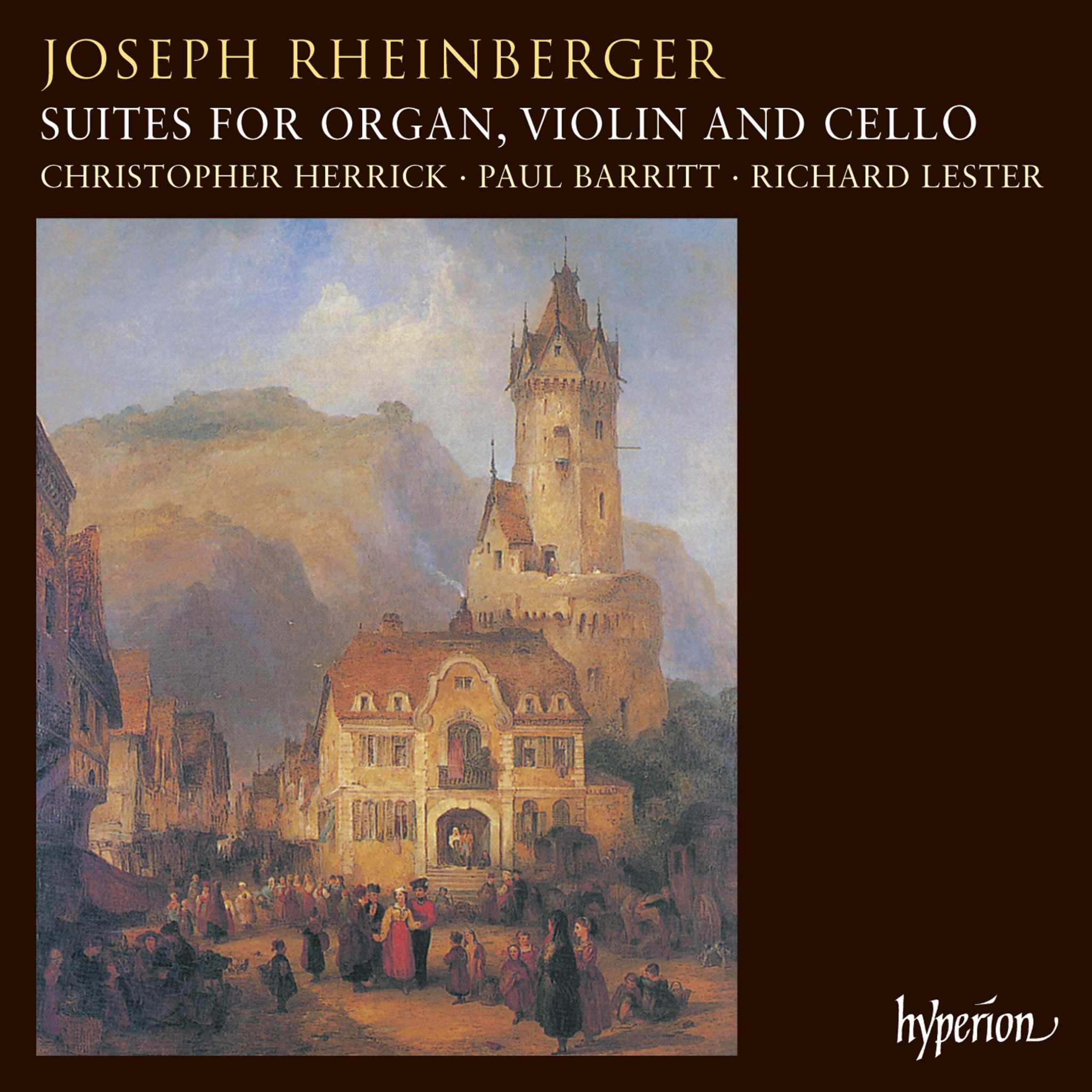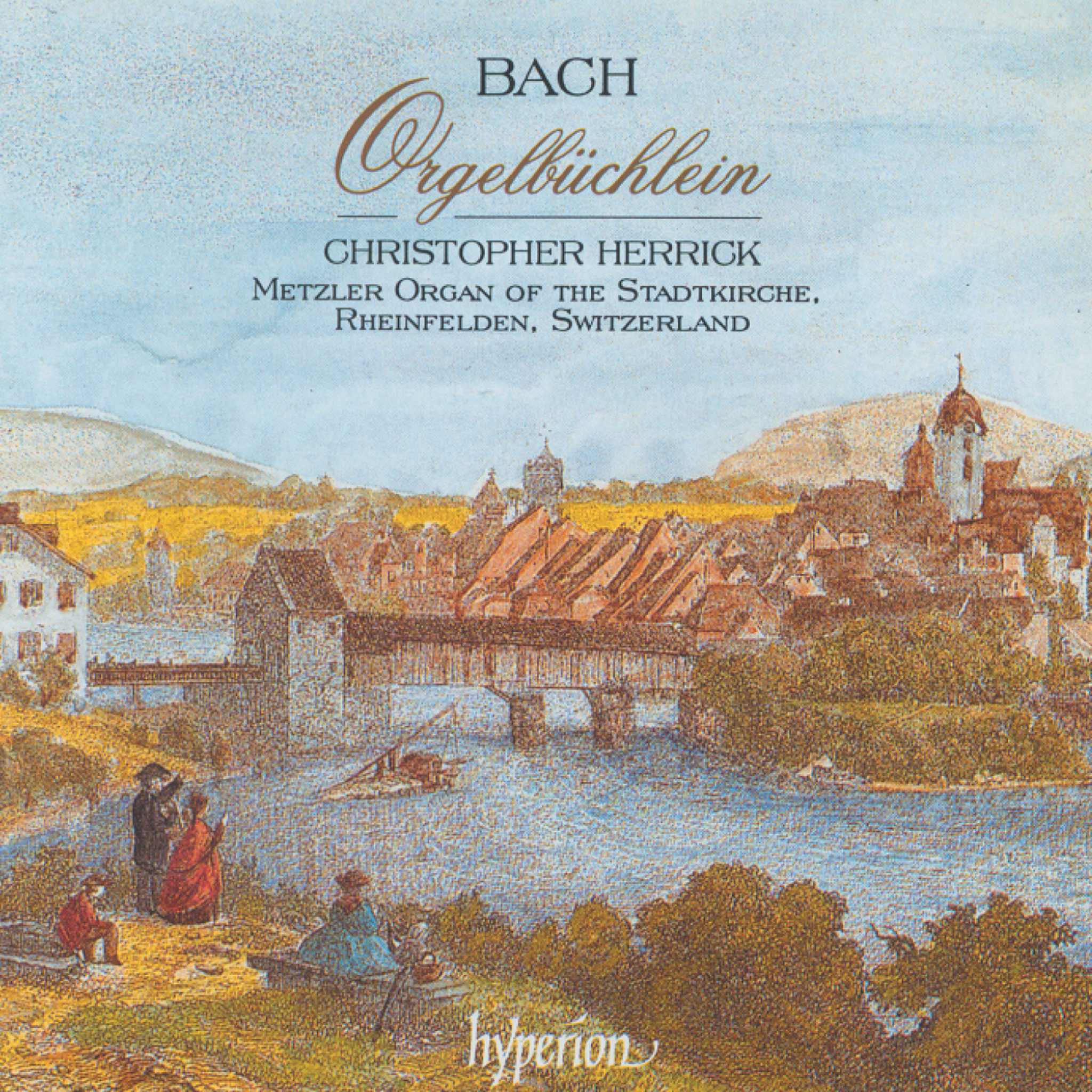Album insights
Paul Hindemith, der zunächst Violine spielte, übernahm bereits im Alter von 19 Jahren die Position des Konzertmeisters an der Oper in Frankfurt. Nach dem Ersten Weltkrieg wandte er sich der Bratsche zu und erreichte als Solist und Kammermusiker internationale Anerkennung. Für die Bratsche schrieb er neben sieben Sonaten für Bratsche und Klavier auch zahlreiche Solostücke. Von Bach inspiriert, reagierte Hindemith mit seiner vielseitigen Kammermusik auf die musikalischen Entwicklungen der Nachkriegszeit.
Zwischen 1921 und 1927 entstanden sieben kammermusikalische Kompositionen, darunter das fünfte Werk für Bratsche und Kammerorchester aus dem Jahr 1927. In diesen Jahren prägte ihn die Rückbesinnung auf barocke Stilmittel, wie sie auch Strawinsky befürwortete. Die Werke dieser Zeit – Konzerte für verschiedene Soloinstrumente und Orchesterbesetzungen – tragen deutliche neoklassizistische Züge.
Hindemith setzte in seinen Kompositionen auf "objektive" musikalische Prinzipien, ausgeprägte Polyphonie und klare Strukturen. Gerade in seinen Kammermusikkonzerten verband er diese Merkmale mit neoklassischen Impulsen in der deutschen Musiklandschaft. Die von Bach beeinflussten Werke stehen als zeitgenössisches Gegenstück zu den Brandenburgischen Konzerten.
Das Werk „Konzertmusik“ op. 48 für Bratsche und großes Kammerorchester, das Darius Milhaud gewidmet wurde, brachte Hindemith 1930 selbst in Hamburg zur Uraufführung. Dieses Stück besteht aus fünf Sätzen und integriert Elemente des Concerto Grosso, wobei die Instrumentierung umfangreicher ist als bei anderen Kammermusikwerken.
Mit „Der Schwanendreher“, das 1935 entstand, schuf Hindemith sein einziges klassisches Konzert für Bratsche und kleines Orchester. Dieses dreisätzige Werk, beeinflusst von deutschen Volksliedern, soll eine heitere, vergangene Welt wieder aufleben lassen. Der Solist verkörpert laut Hindemith einen fahrenden Musiker, der ein abwechslungsreiches Repertoire präsentiert – von ernsten bis zu beschwingten Liedern, gipfelnd in einem abschließenden Tanz.
In „Der Schwanendreher“ treten besonders im langsamen Satz lyrische Qualitäten hervor, während der dritte Satz mit lebensfrohen Variationen bis zu einem festlichen Finale führt. Die Uraufführung erfolgte 1935 in Amsterdam, danach wurde das Werk auch in Europa und den USA aufgeführt. Es gilt als Meilenstein der modernen Musik und wurde als Referenzwerk für zeitgenössische Kompositionen betrachtet.
Nur wenige Monate später schrieb Hindemith die „Trauermusik“ für Bratsche und Streichorchester, ein Werk von großer emotionaler Tiefe, anlässlich des Todes von König George V. Ursprünglich als Gelegenheitskomposition gedacht, entwickelte sich das Stück zu einem bedeutenden Bestandteil des Bratschenrepertoires. Die „Trauermusik“ spiegelt eine enge Verbindung zu den nachdenklichen Zügen von „Mathis der Maler“ wider und steht als Ausdruck von Hindemiths kompositorischer Integrität und Reife.





